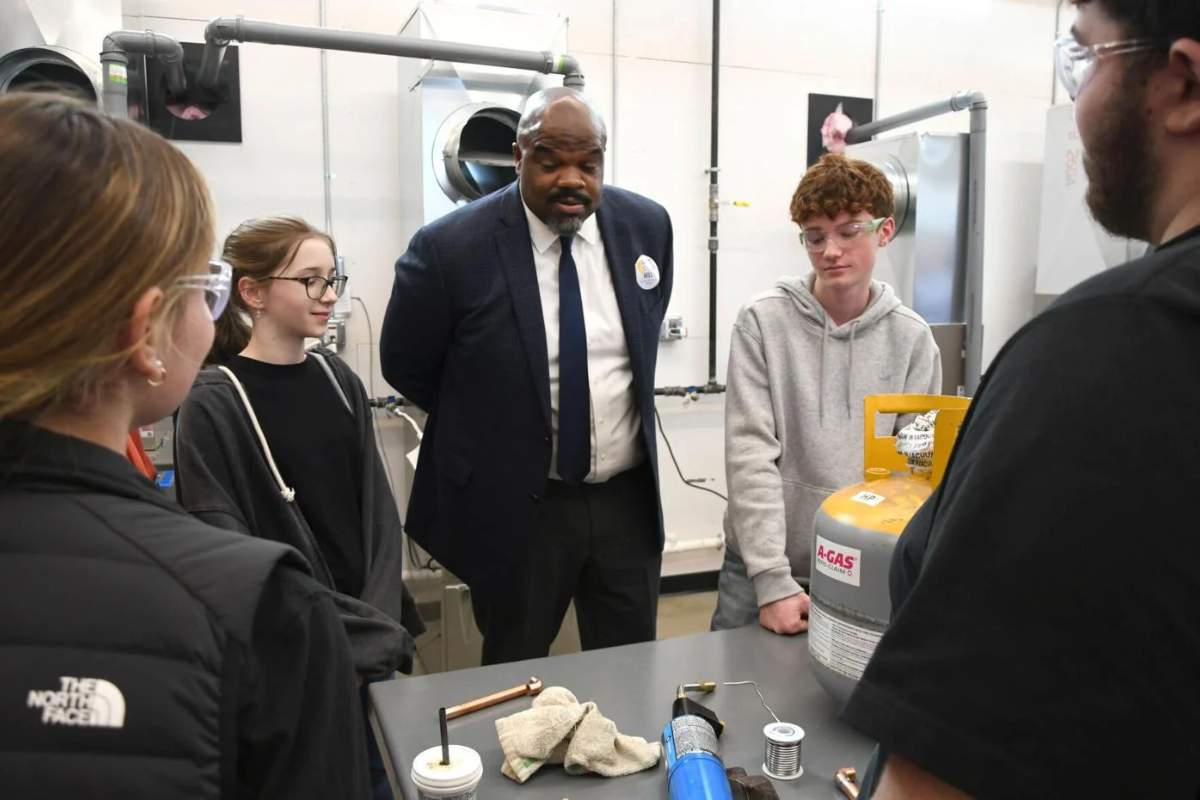Inclusive schooling is all about welcoming and including every one of all classes, regardless of their differences. It means making a place where every student can do well, even those with special conditions. Students with special conditions have their own difficulties, and they need special help to get a good education. In this complete guide, we will look at ways to help these students with special needs. We want to make sure they get the education they need and should have.
Our goal is to make sure every student feels welcome and gets a chance to learn. We will explore helpful strategies and tips for teachers and schools. By doing this, we can create a school environment where everyone can succeed, no matter their unique challenges. This guide will show that with the right support and care, every student can reach their full potential in the classroom. So, let’s dive into this guide and discover how we can make education better for everyone.
Understanding the Needs of Special Students
Before we start, it’s important to have a clear understanding of the needs of students with special conditions. These needs can vary widely, encompassing physical, cognitive, emotional, and behavioral challenges. Students with such conditions may include those with learning disabilities, autism, physical disabilities, ADHD, or emotional disorders, among others.

Students with special conditions often require:
- Individualized instruction: develop teaching methods to match their unique learning styles and abilities
- Supportive environments: Classrooms that promote inclusion and minimize potential barriers
- Accommodations: adjustments in curriculum, materials, or assessments to ensure equitable access.
- Emotional support: assistance in managing emotions and building self-esteem.
- Communication aids: tools or devices to facilitate communication, especially for non-verbal students.
Here are 7 ways to support the educational needs of students with special conditions:
1. Promote Inclusive Classrooms
Inclusive classrooms are at the heart of supporting students. An inclusive environment welcomes diversity and ensures that every student feels valued and respected. Here’s how you can promote inclusivity:
- Encourage peer interactions: Foster friendships among students with and without special conditions to create a sense of belonging.
- Provide diverse materials: Use a variety of teaching materials to accommodate different learning styles and abilities.
- Celebrate differences: Emphasize the uniqueness of each student and the contributions they bring to the classroom.
2: Individualised Education Plans (IEPs)
An individualized education plan (IEP) is a personalized roadmap for students with special conditions. It outlines their unique goals and needs and the support they will receive. Key components of an IEP include:

- Clear objectives: Specific, measurable goals that address the student’s areas of need.
- Accommodations and modifications: strategies and adjustments to the curriculum, assessments, and teaching methods.
- Progress monitoring: Regular assessments to track the student’s progress toward their goals.
- Collaboration: involvement of teachers, parents, and specialists in developing and implementing the IEP.
3: Differentiated Instruction
Differentiated instruction is a teaching approach that tailors lessons to meet the diverse needs of students. This approach involves:
- Varied content: offering different reading levels or materials to suit different abilities.
- Flexible grouping: creating small groups for targeted instruction based on students’ needs.
- Adjusted pacing: allowing students to work at their own pace, providing additional time when necessary.
- Varied assessments: offering a range of assessment options to evaluate student understanding
4: Assistive Technology
Assistive technology can be a game-changer for students with special conditions. These tools and devices help bridge the gap between a student’s abilities and the demands of the curriculum. Examples of assistive technology include:
- Screen readers: text-to-speech software that reads aloud text on a computer or device.
- Communication boards: visual aids for non-verbal students to express their needs and thoughts
- Adaptive keyboards and mice: specially designed input devices for students with physical disabilities
- Text-to-speech software: tools that assist with reading and comprehension
5: Behaviour Support Plans
For students with special conditions who exhibit challenging behaviors, behavior support plans (BSPs) can be beneficial. These plans aim to understand and address the underlying causes of behavior while promoting positive alternatives. Key components of a BSP include:

- Functional behavior assessment: identifying the triggers and functions of challenging behaviors
- Behavior interventions: implementing strategies to address and modify behavior
- Data collection: collecting data to monitor the effectiveness of interventions and make adjustments
- Team collaboration: involving teachers, parents, and specialists to develop and implement the plan.
6: Emotional Support and Social-Emotional Learning
Emotional support is vital for students with special conditions, many of whom may experience heightened stress or anxiety. Social-emotional learning (SEL) programs can help students build emotional awareness and coping skills. Implementing SEL includes:
- Teaching emotional regulation: providing tools and strategies for managing emotions
- Creating a safe space: Ensuring students feel secure and valued in the classroom.
- Encouraging self-expression: Promoting open communication about feelings and concerns
- Peer support: facilitating peer mentorship and collaboration
7: Professional Development
To effectively address the needs of students with special conditions, educators benefit from ongoing professional development. Training and workshops can help teachers gain the skills and knowledge necessary for inclusive education. These programs can cover topics such as:
- Understanding diverse needs: building awareness of various special conditions and their implications
- Inclusive teaching strategies: Learning how to adapt teaching methods and materials
- Behavior management: developing effective strategies for classroom management
- Collaboration: Enhancing communication and teamwork among educators, specialists, and parents
Conclusion
Inclusive education is a shared responsibility that involves educators, parents, specialists, and the broader community. By understanding and addressing the needs of students with special conditions, we can create classrooms where every student has the opportunity to learn and thrive. Promoting inclusivity, individualized education plans, differentiated instruction, assistive technology, behavior support plans, emotional support, and ongoing professional development are all key components of providing equitable education for all.
Remember, supporting those students isn’t just a matter of fulfilling a legal requirement; it’s a commitment to support a diverse, inclusive, and compassionate learning environment where every student can reach their full potential.
Also Read: 41 Essential Educational Terms Every Teacher should know










